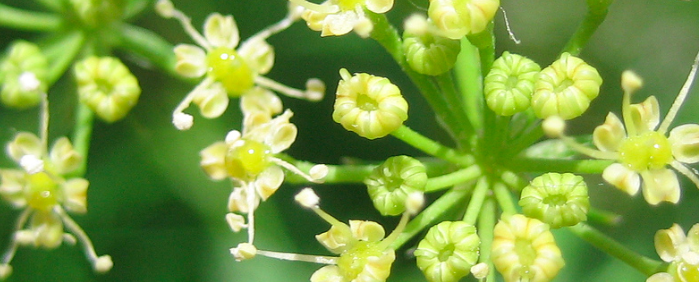
The parsley does not require “exceptional conditions” to be grown … but it is a delicate , its leaves are shriveled at the first annoyance. It would be irrelevant if we ate the root, but since we just eat the leaf … it’s a problem.
NB ok, Hamburg parsley produces large edible tuberous roots … and laxatives 😉
Thibaut, expert – self-proclaimed – of Groww proposes to enumerate here the key points of the cultivation of the parsley : if they are respected, you will have no problem!
Obviously, we will begin by seeing the genetic origin of parsley, – check his pedigree, what – know his ecological optimum, to deduce under what conditions he likes.
Parsley, civil status sheet.
Parsley is an ” umbellifer ” – this family has been renamed “Apiaceae”, but it’s less telling. Umbelliferae “carry umbels”, which means that they have flowers arranged in a plateau at the top of the stems. It’s a big family, which also includes carrots and parsnips .
Parsley is also a biennial : it leaves and reserves the first year, then flowers and fruit the second. It is therefore better to resemerate each year because the leaves become tough after flowering.
The different species of parsley come from the Mediterranean regions where they are spontaneous. According to the botanica , the ecological optimum of parsley is a warm climate, moderately humid, in full light. He enjoys nutrient-rich soils that are low in decomposing organic matter, rather thin and drained, and a neutral to basic soil. This is the kind of situation that sometimes occurs spontaneously in rock gardens or in the joints of low walls. Note that parsley tolerates the cold spring : do not wait until mid-May to plant it, it can be out as early as April.
Well, if I translate this optimum into maintenance advice, it means: ” do not plant in soil, choose a sandy soil enriched with compost juice, place a layer of calcareous gravel at the bottom, water regularly – without excess – and place your pot in the light. »Hop there! It also means that you can water with tap water – but not chlorinated.
Recognize a nice parsley at the store.
Generally it is advisable to sow your own parsley: it will be more adapted to the place where you will cultivate it. Nevertheless, if the basilisk of the supermarket makes you an eye this is how to recognize one that has been well cultivated.
It must have dense foliage and no leaves that turn yellow at the ends . If there is any, it’s because he ran out of water, or the pot is too small.
Conversely if his leaves are soft, it is the sign that he had too much water, it’s not good either!
If the producer has not planted it in pure potting soil, repot it directly in a mixture of soil and sand, or directly in the ground if you can.
Distinctive features of parsley cultivation:
Parsley takes 3 weeks to germinate , so do not despair if your seedling does not rise right away. We save time if we soak the seeds overnight …
Harvest the entire stem, not just the leaf – primo, the stem is edible and supports the cooking, and secundo it’s ridiculous to leave a dead stem on the plant.
If you do not want to collect seeds, prune the flowers as they appear , otherwise the leaves will become thicker.
Water the parsley regularly , without excess. Parsley enjoys fresh soil in depth. After that, it forms a large taproot, which is able to draw the water deep easily.
The curly parsley is more resistant to cold than the parsley!